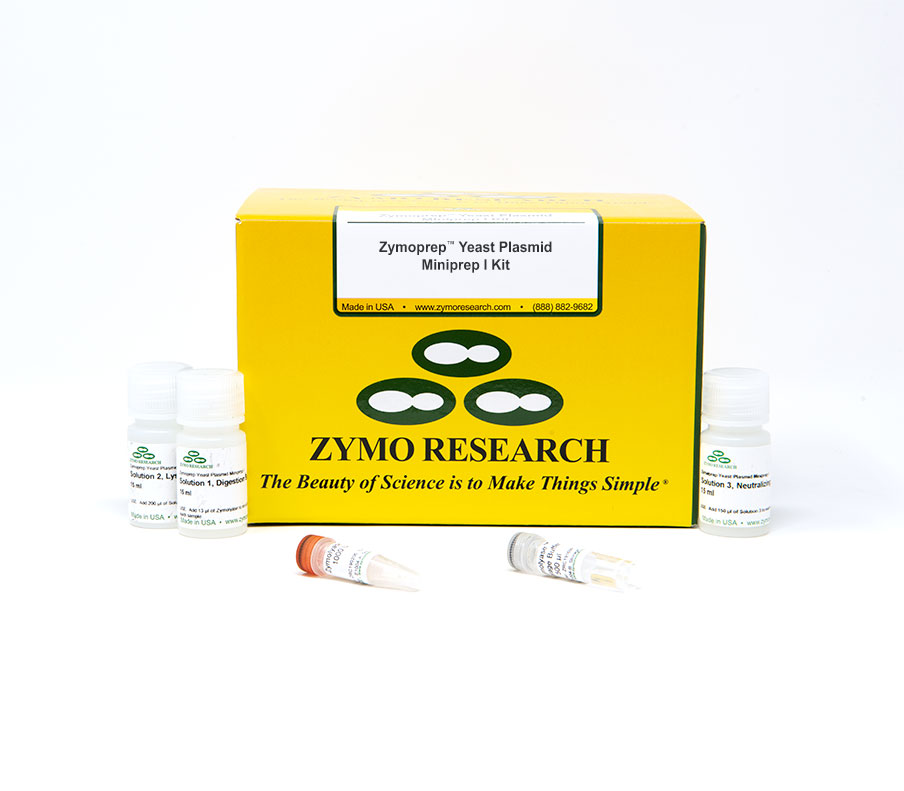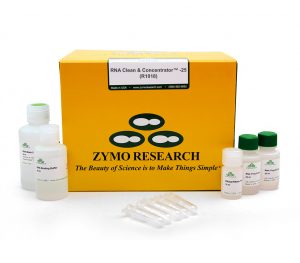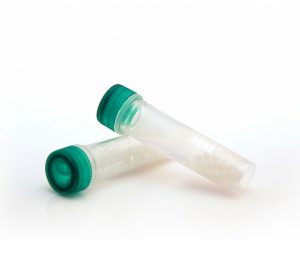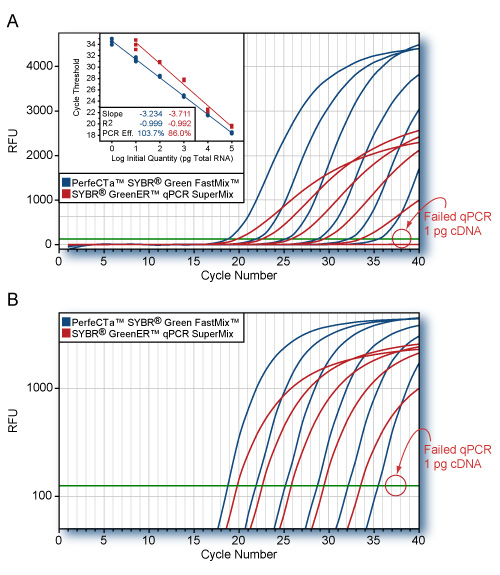Zymoprep Yeast Plasmid Miniprep I
| Cat# | Name | Size |
|---|---|---|
| D2001 | Zymoprep Yeast Plasmid Miniprep I | 100 Preps |
Description
Hightlights
- Simple: Quickly and easily rescue plasmid from yeast.
- Efficient Isolation: Works well with low-copy and hard to isolate plasmids.
- High-Quality: Isolated plasmid DNA is ideal for molecular biology techniques, such as PCR, transformation, hybridization, etc.
Description
The Zymoprep Yeast Plasmid Miniprep I is a simple and efficient yeast plasmid miniprep that is based on the E. coli alkaline lysis method but using Zymolyase as the first solution. The kit provides all the necessary reagents for plasmid isolation from S. cerevisiae, C. albicans and S. pombe, and any fungi whose cell walls are susceptible to yeast lytic enzyme lysis. The procedure is simple and efficient, and there is no need for glass beads or phenol. Reliably recover plasmid DNA from yeast colonies, patches on plates, or as liquid cultures. The system is ideal for low-copy number and hard to isolate plasmids. Eluted plasmid DNA can be used directly for E. Coli transformation, PCR, and Southern blot analysis.
Applicable For
Plasmid DNA is well suited for downstream applications such as PCR, transformation, hybridization and other sensitive applications
Elution Volume
≥ 35 µl
Equipment
Microcentrifuge & Heat Block/Bath
Processing Volume
≤ 1.5 ml of Culture
Sample Source
Cell Culture (Colonies/Patches or Liquid Culture)
Size Range
No Size Limit
Yield
Typically between 0.01-0.3 ng for most 2 µ based plasmids from 1.5 ml overnight cultures
Q1: What is the difference between Zymoprep Yeast Plasmid Miniprep I and Miniprep II?
Both the Zymoprep Yeast Plasmid Miniprep I and II utilize the same chemistry for lysis; however, Miniprep I uses isopropanol precipitation and Miniprep II utilizes a column for purification. The Miniprep II allows for consistent yield and purity; and samples can be concentrated to a low elution volume.
Q2: What is the typical plasmid yield?
Typically, between 0.01 – 0.3 ng for most 2 µ based plasmid from 1.5 ml overnight cultures. In order to generate more plasmid, the plasmid is typically transformed into E. Coli , cultured, and isolated using a traditional E. Coli plasmid prep.
Q3: Can this kit be used to isolate linear plasmid DNA?
Yes
Q4: If I’m using stationary phase yeast cells, what can I do to improve sample lysis?
We generally recommend working with fresh or early log phase cells, which are easier to lyse. For stationary phase cells, user optimization is necessary, and we recommend increasing digestion to > 1 hour and/ or increasing the amount of Zymolyase.
Q5: What strains are these kits compatible with?
Any strains susceptible to Zymolyase, which includes the following fungal genera: Asbya, Kloekera, Candida, Kluyveromyces, Debaryomyces, Lipomyces, Eremothecium, Metschikowia, Endomyces, Pichia, Hansenula, Pullularia, Hanseniaspora, Saccharomyces, Saccaromycodes, Saccharomycopsis, Schizosaccahromyces, Torulopsis
 |
99 / 100 Bioz Stars |
Tracking the origin of two genetic components associated with transposab…
Nat Common – Published 7 Feb 2019
Plasmids were isolated from individual yeast clones using the Zymo Yeast Plasmid Miniprep kit (Zymo Research) and transformed into Escherichia coli for plasmid purification and sequence
Reprogramming a Deubiquitinase into a Transamidase
ACS Chem Biol – Published 03 Jan 2019
n subsequent rounds, 5 × 106 cells were harvested and reacted with 5, 0.5, and 0.1 μ M of biotinylated Ub D77.. The reaction time was 10 min for all selection rounds except round 5, which was 5 min. At the end of rounds three and five, plasmids were isolated from the enriched clones using a Zymoprep yeast plasmid miniprep kit (Zymo Research) and electroporated into DH10 β cells.. Individual colonies were grown, miniprepped, and sequenced using p C T ¯ y u h l ¯ r 2 to identify beneficial mutations for autoubiquitination.
A user-friendly platform for yeast two-hybrid library screening using ne…
PLoS One – Published 21 Dec 2018
The cDNA inserts of the prey plasmids (pDEST22-insert) were PCR-amplified using backbone-specific primers ( ) and Sanger-sequenced.. Colonies of the Y2H screening plates were dissolved and pooled in 10–15 mL of ultrapure water and plasmids were collected using the Zymoprep Yeast Plasmid Miniprep II kit (Zymo Research, Irvine, CA, USA).
| Cat # | Name | Size |
|---|---|---|
| D2001-1-15 | Solution 1 Digestion Buffer | 15 ml |
| D2001-2-15 | Solution 2 Lysis Buffer | 15 ml |
| D2001-3-15 | Solution 3 Neutralizing Buffer | 15 ml |
- Catalog#: D2001
- Package Length (in Inches): 7
- Package Width (in Inches): 5
- Package Height (in Inches): 4.5
- Package Weight (in Pounds): 0.3
- Size: 100 Preps
- Unit Standard: Metric
- Volume Units: Milliliters









